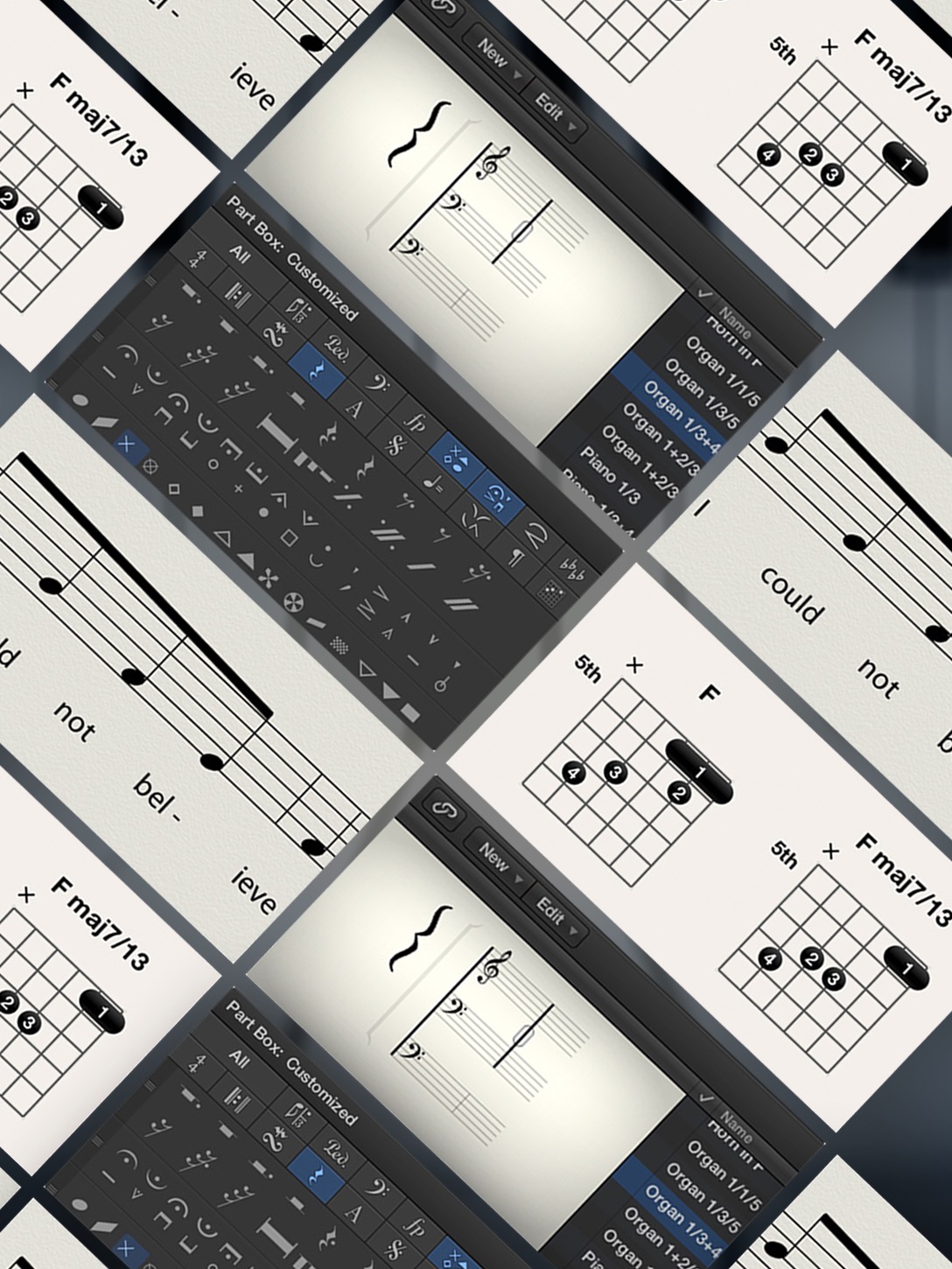Logic Pro Tutorial
Logic Pro X Score Editor Explained® Vol 1
27 Videos : 2hr 59min 31sec
Logic Score Editor guru Doug Zangar is back with the most comprehensive series on how to understand and use Logic Pro X’s Score Editor! In Volume 1, you’ll find 27 video tutorials covering everything from a basic overview of the Score Editor and its interface, to Note Entry and the...
Author: Doug Zangar
$15/month
- Site-Wide Access while Subscribed
- New Content Weekly
- 3100+ Hours of Video
- 2000+ Digital Books
$ 20
- Purchase Only this Product
- Download After Purchase
- Access this Product Online Too
- Own it Forever
*Tax/VAT Calculated at Checkout
- Contents 27



